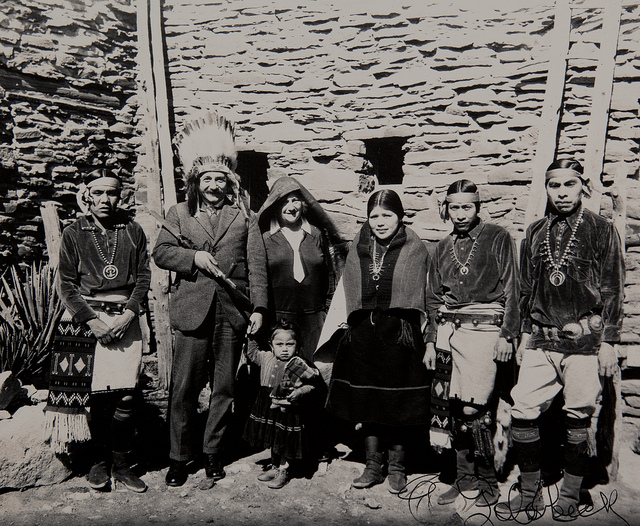Woe to the famous actor who dares to write a novel or start a band or design a line of clothing. The public can be awfully snobby about such extracurricular pursuits. We reward our children for cultivating a wide range of interests, but heaven forfend a celebrity who wanders away from the accepted script.
Hacks! Poseurs! Wannabes!
There are exceptions, of course. I don’t see too many people taking potshots at Leonard Nimoy’s passion for photography, Ed Begley Jr.’s commitment to the environment, or the Wonder Years’ Danica McKellar’s devotion to math.
(Personally, I will brook no unkind words toward animal loving TV dad Dick Van Patten, not after he fathered the only cat food the small mammal with whom I live a lie will deign to eat.)
If there’s a formula to be gleaned from these examples, it’s likely a synthesis of iconic role, number of years spent on the pastime of choice, and a rabid curiosity of the sort that drives ordinary mortals to become educators. Once a public figure is in possession of that formula, the public he or she serves will grant a pass to pursue a side interest.
I’m not sure that science could be called a side interest of Alan Alda’s.
Not when he ranks hosting Scientific American Frontiers as the pinnacle of his TV career.
He played physicist Richard Feynman onstage, and has written plays about Albert Einstein and Marie Curie. He’s one of the annual World Science Festival’s MVPs. At this rate, his love of science seems destined to carry him from cradle to grave.
By now, he’s probably met more scientists than M*A*S*H fans—enough to suggest a troubling gap between the scientific message and the manner in which it’s delivered. To put it another way, if you think science is boring, perhaps the trouble is with the scientist.
The solution? Improv training.
Uh oh. Is there a danger this knife could cut both ways? Will some eminent biologist or astronomer be pilloried for playing freeze tag a bit too zestfully or joining a level 1 team at the Annoyance or UCB East? Like, how dare Stephen Hawking think he can make a machine?
It’s worth the risk (technically, Alda espouses Viola Spolin’s exploratory improvisation form over the kind with a strictly comedic goal, but c’mon. I know a gateway drug when I see one…)
His belief is that scientists who study improv are better equipped to communicate the complicated nature of their work to public officials, the media, and former theater majors such as myself. The level of engagement, flexibility, and awareness that improvisation requires of its practitioners are also the stuff of good TED talks.
Watch the “before and after” presentations of participants in his improv workshop at the Alan Alda Center for Communicating Science at Stony Brook University, above. His thesis holds water, it would seem. Improv hones the senses and helps one to clarify what is essential in any scene. Even the solo scene wherein one explains wave particle duality or specialized leaf forms to one’s fellow adults.
I’ll bet those same improv-based skills could help a TV star to persuade his students that he’s just as approachable and supportive as any old teacher. (Maybe even more so, to judge by his handling of an invisible jar of jellyfish that slips through one scientist’s fingers.)
Related Content:
What Is a Flame?: The First Prize-Winner at Alan Alda’s Science Video Competition
Adam Savage (Host of MythBusters) Explains How Simple Ideas Become Great Scientific Discoveries
Charles & Ray Eames’ A Communications Primer Explains the Key to Clear Communication in the Modern Age (1953)
Ayun Halliday is an author and illustrator who teaches improv to teenage girls. Follow her @AyunHalliday


